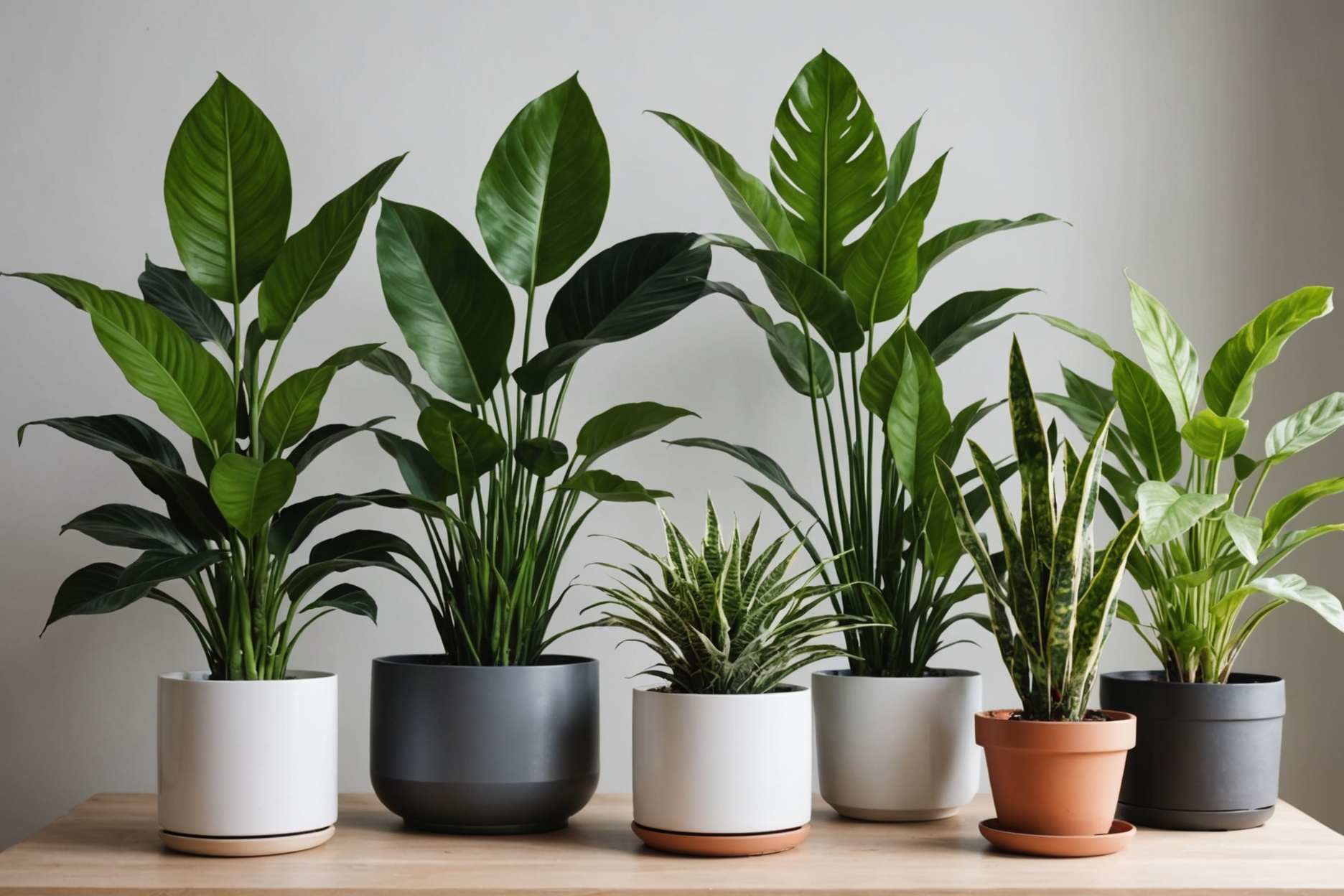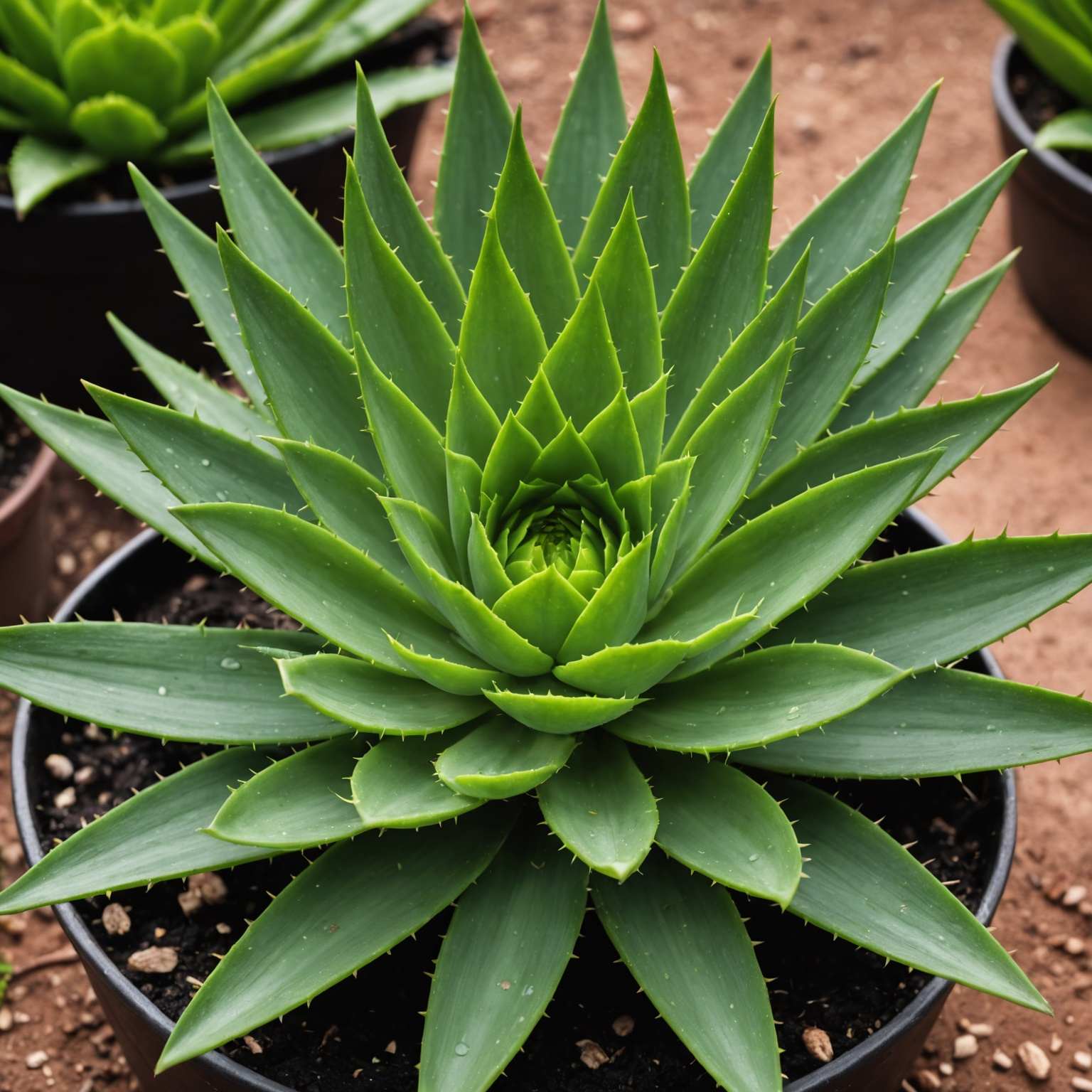5 Indoor Plants That Further develop Air Quality

Indoor plants accomplish other things than simply add magnificence to your home; they likewise further develop air quality by sifting through poisons and delivering oxygen. Integrating specific plants into your living space can establish a better climate, diminish pressure, and improve generally prosperity. Here, we investigate five indoor plants that are especially successful at refining the air, enumerating their advantages and care tips.
1
"Bug Plant (Chlorophytum comosum)"

The Insect Plant is one more brilliant decision for further developing indoor air quality. This plant is especially compelling at eliminating toxins like formaldehyde and xylene from the air. It is not difficult to develop and really focus on, pursuing it a well known decision for homes and workplaces. Bug Plants flourish in aberrant light and lean toward well-depleting soil. They produce little white blossoms and branch-offs, known as spiderettes, which can be proliferated to develop new plants. These plants are likewise pet-accommodating, adding to their allure. By putting Bug Plants in different rooms, you can appreciate cleaner air and a dash of vegetation that improves the stylish of your indoor spaces.
Do you agree?
2
"Harmony Lily (Spathiphyllum)"

The Harmony Lily is notable for its air-decontaminating capacities, really eliminating poisons like smelling salts, benzene, formaldehyde, and trichloroethylene from the air. This exquisite plant highlights reflexive, dim green leaves and staggering white blossoms that sprout intermittently. Harmony Lilies favor moderate to low light circumstances and reliably soggy soil, yet they ought not be overwatered. Notwithstanding its air-cleaning properties, the Harmony Lily likewise assists with keeping up with indoor stickiness levels, making it useful for respiratory wellbeing. This plant adds a dash of elegance and serenity to any room, contributing both to style and to a better living climate.
Do you agree?
3
"Aloe Vera (Aloe barbadensis mill operator)"

Aloe Vera is a flexible plant that is notable for its mending properties and air-decontaminating capacities. This delicious assists with eliminating poisons like formaldehyde and benzene from the air, pursuing it an incredible decision for further developing indoor air quality. Aloe Vera is not difficult to really focus on, requiring splendid, backhanded light and rare watering. The gel inside its leaves can be utilized for different skin medicines, adding to its allure as a family plant. Aloe Vera's conservative size and negligible support needs make it appropriate for any room, including kitchens and restrooms. By adding Aloe Vera to your indoor plant assortment, you upgrade air quality as well as approach a characteristic solution for minor skin disturbances and consumes.
Do you agree?
4
"Boston Plant (Nephrolepis exaltata)"

The Boston Greenery is an appealing and viable air purifier, known for its capacity to eliminate contaminations like formaldehyde and xylene from the air. This plant highlights rich, padded fronds that can add a tropical vibe to your indoor space. Boston Plants incline toward aberrant light and high mugginess, making them ideal for washrooms or kitchens. They flourish in reliably sodden soil and advantage from normal clouding to keep up with stickiness levels. While they might require a smidgen more consideration than a few other indoor plants, their air-purging capacities and tasteful allure make them a beneficial expansion to any home. The Boston Greenery isn't just a characteristic air cleaner yet in addition a lovely plant that can upgrade the look and feel of your indoor climate.
Do you agree?
5
"Snake Plant (Sansevieria)"

The Snake Plant, otherwise called Sansevieria or Mother by marriage's Tongue, is one of the best indoor plants for further developing air quality. It is known for its capacity to ingest poisons like formaldehyde, benzene, and trichloroethylene from the air. This plant is inconceivably versatile and simple to really focus on, making it ideal for fledglings. It can endure low light circumstances and inconsistent watering, flourishing with disregard. The Snake Plant likewise delivers oxygen around evening time, making it an extraordinary expansion to rooms to further develop air quality while you rest. Its tall, upstanding passes on add a dash of present day class to any room, contributing both stylishly and practically to a better indoor climate.
Do you agree?
Share this article
 Presenting Nintendo's New Pastel Euphoria Con Tones for Switch Gamers: 3 Trendy Choices
Presenting Nintendo's New Pastel Euphoria Con Tones for Switch Gamers: 3 Trendy Choices Couch Styles of 2024: What's Moving
Couch Styles of 2024: What's Moving Smooth out Your Funds: Cash The board Simplified
Smooth out Your Funds: Cash The board Simplified Instructions to Pick the Ideal SUV Size for Seniors
Instructions to Pick the Ideal SUV Size for Seniors 5 Side interests That Work on Psychological wellness
5 Side interests That Work on Psychological wellness Instructions to Discuss Successfully with Your Auto Collision Lawyer
Instructions to Discuss Successfully with Your Auto Collision Lawyer Vote in favor of your #1 Sort of Convenience for a Family
Vote in favor of your #1 Sort of Convenience for a Family Vote in favor of the wide open action that revives your psyche and soul!
Vote in favor of the wide open action that revives your psyche and soul! 7 Heavenly Espressos, One Do You Like?
7 Heavenly Espressos, One Do You Like?













